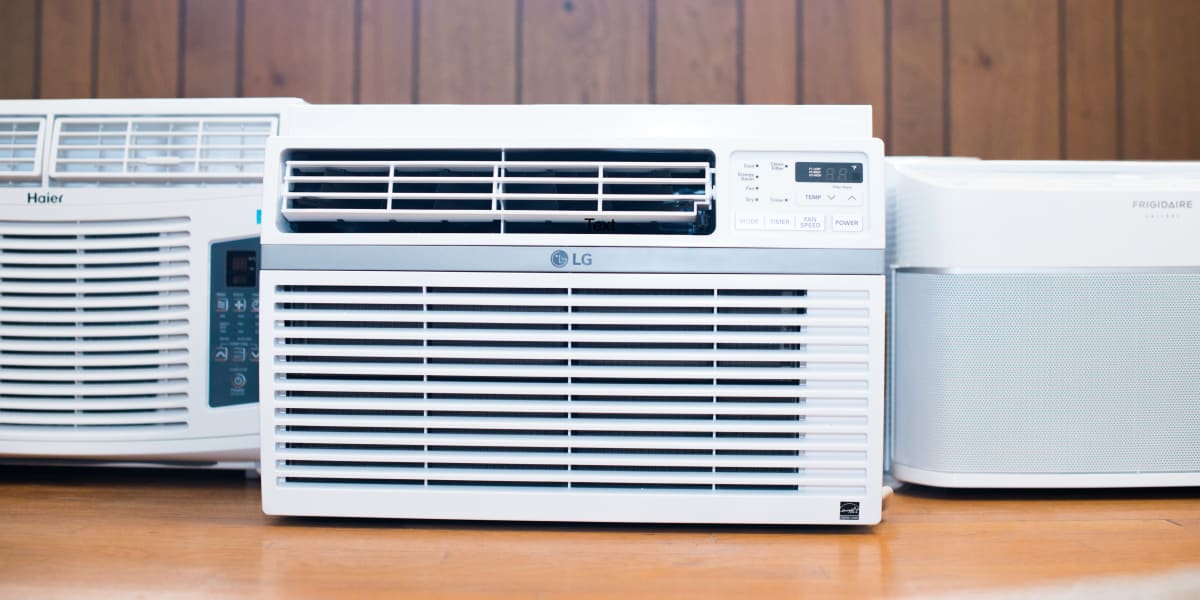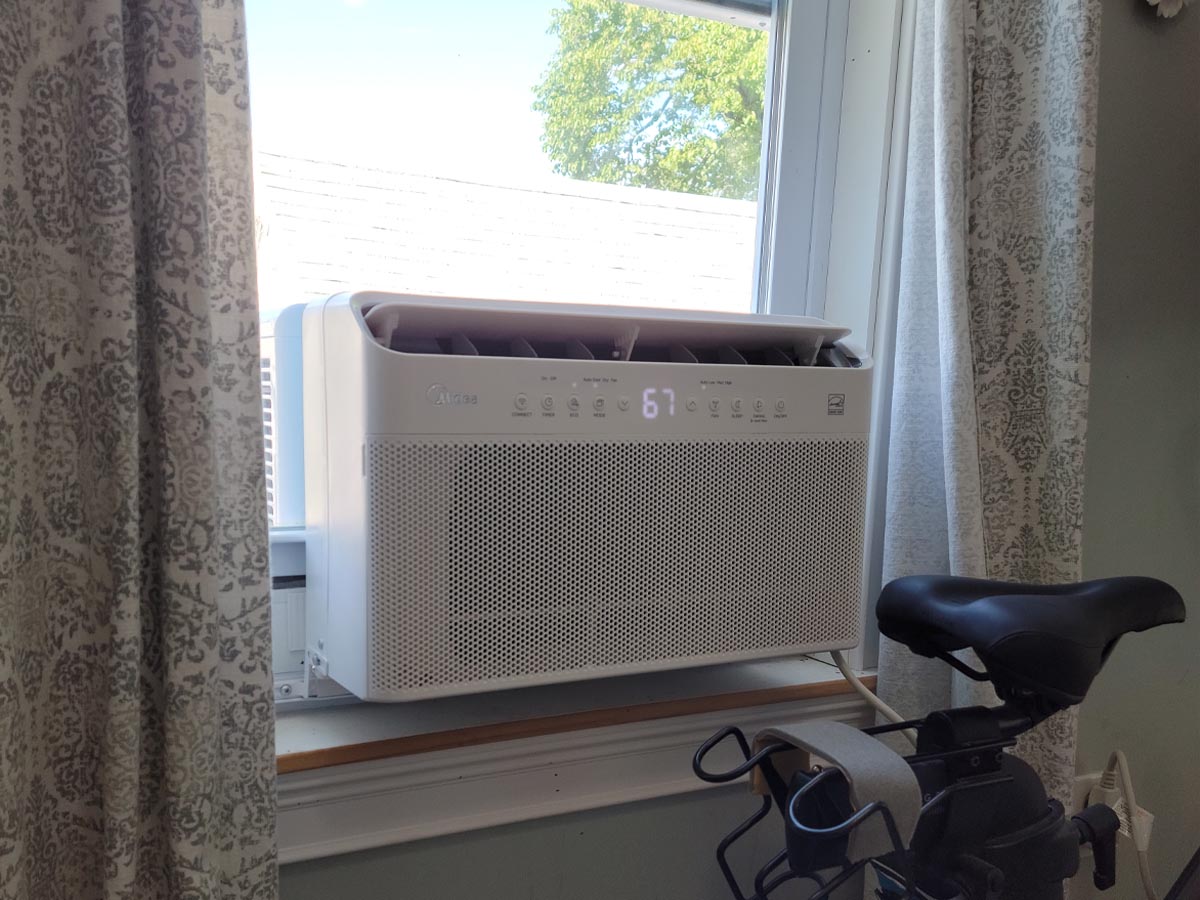Best Rated Small Window Air Conditioners

Cool Comfort in Compact Spaces: Finding the Best Small Window Air Conditioners
As temperatures rise, finding effective and efficient cooling solutions becomes paramount. For smaller rooms or apartments, a small window air conditioner offers a practical and cost-effective way to beat the heat. This article explores the top-rated small window air conditioners, providing valuable insights for consumers, HVAC professionals, and employers alike.
Understanding the Market: Growth and Trends
The window air conditioner market, including small units, is experiencing steady growth. Factors such as increasing urbanization, rising disposable incomes, and the growing demand for energy-efficient cooling solutions contribute to this trend. According to recent market research, the window air conditioner market is projected to reach $XX billion by [Year], with small units representing a significant portion of the sales.
Key Trends:
- Energy Efficiency: Consumers are increasingly prioritizing energy-efficient models with high Energy Efficiency Ratios (EER) and Seasonal Energy Efficiency Ratios (SEER).
- Smart Features: Integration of smart home technology, such as Wi-Fi connectivity and smartphone control, is becoming more common.
- Quiet Operation: Noise levels are a significant concern, leading manufacturers to develop quieter models.
- Improved Filtration: Enhanced air filtration systems that remove allergens and pollutants are gaining popularity.
Top-Rated Small Window Air Conditioners: A Comparative Analysis
Choosing the right small window air conditioner depends on various factors, including room size, budget, and desired features. Here's a look at some of the best-rated models currently available:
Note: Performance ratings and specifications may vary depending on the specific model and testing conditions. Always consult manufacturer specifications before making a purchase.
Model 1: [Air Conditioner Brand and Model Name]
- BTU Rating: [BTU Value] (Suitable for rooms up to [Square Footage] sq. ft.)
- EER: [EER Value]
- Key Features: [List key features, e.g., multiple fan speeds, sleep mode, remote control, energy-saving mode]
- Noise Level: [Noise Level in Decibels]
- Pros: [List pros, e.g., energy efficient, quiet operation, affordable price]
- Cons: [List cons, e.g., limited smart features, basic design]
Model 2: [Air Conditioner Brand and Model Name]
- BTU Rating: [BTU Value] (Suitable for rooms up to [Square Footage] sq. ft.)
- EER: [EER Value]
- Key Features: [List key features, e.g., Wi-Fi connectivity, smartphone control, voice control integration, advanced filtration system]
- Noise Level: [Noise Level in Decibels]
- Pros: [List pros, e.g., smart features, excellent air filtration, sleek design]
- Cons: [List cons, e.g., higher price, potentially complex setup]
Model 3: [Air Conditioner Brand and Model Name]
- BTU Rating: [BTU Value] (Suitable for rooms up to [Square Footage] sq. ft.)
- EER: [EER Value]
- Key Features: [List key features, e.g., oscillating fan, multiple cooling modes, programmable timer, easy installation]
- Noise Level: [Noise Level in Decibels]
- Pros: [List pros, e.g., powerful cooling, versatile features, user-friendly interface]
- Cons: [List cons, e.g., may be louder than other models, larger size]
HVAC Professionals: Installation, Maintenance, and Troubleshooting
Proper installation and maintenance are crucial for ensuring the optimal performance and longevity of small window air conditioners. HVAC technicians play a vital role in this process.
Installation Tips:
- Ensure the window opening is properly sized and sealed to prevent air leaks.
- Use appropriate mounting hardware to securely install the unit.
- Follow the manufacturer's instructions for proper drainage.
- Check the electrical supply to ensure it meets the unit's requirements.
Maintenance Procedures:
- Regularly clean or replace the air filter to maintain airflow and efficiency.
- Inspect and clean the evaporator and condenser coils.
- Check for any signs of leaks or damage.
- Ensure proper drainage to prevent water damage.
Troubleshooting Common Issues:
- Unit not cooling: Check the air filter, thermostat setting, and refrigerant levels.
- Unit making excessive noise: Inspect the fan blades, motor, and mounting hardware.
- Unit leaking water: Check the drain line and ensure proper drainage.
- Unit not turning on: Check the power supply, circuit breaker, and control panel.
Career Paths in HVAC: Opportunities and Certifications
The demand for qualified HVAC technicians is projected to grow significantly in the coming years. According to the Bureau of Labor Statistics, the employment of HVAC mechanics and installers is projected to grow [Percentage]% from [Start Year] to [End Year], much faster than the average for all occupations. The median annual wage for HVAC mechanics and installers was $[Salary Amount] in May [Year].
Entry-Level Positions:
- HVAC Apprentice
- HVAC Installer
- HVAC Maintenance Technician
Advanced Positions:
- HVAC Technician
- HVAC Service Manager
- HVAC Design Engineer
Essential Certifications:
- EPA Section 608 Certification: Required for handling refrigerants. This certification demonstrates knowledge of safe refrigerant handling practices and environmental regulations.
- North American Technician Excellence (NATE) Certification: A nationally recognized certification that demonstrates competency in HVAC installation, service, and repair. NATE certification is highly valued by employers and can lead to higher earning potential.
- HVAC Excellence Certification: Another respected certification that assesses the knowledge and skills of HVAC technicians.
- State and Local Licenses: Many states and municipalities require HVAC technicians to be licensed. Requirements vary by location.
Example Career Path:
- Complete a vocational training program or apprenticeship in HVAC.
- Obtain EPA Section 608 certification.
- Gain several years of experience as an HVAC installer or maintenance technician.
- Pursue NATE certification to demonstrate advanced skills and knowledge.
- Advance to a position as an HVAC technician or service manager.
- Consider specializing in a specific area, such as commercial refrigeration or building automation systems.
Employers: Recruiting and Training Skilled HVAC Workers
Finding and retaining skilled HVAC workers is a significant challenge for many employers. To attract and retain top talent, employers should consider the following strategies:
Recruitment Strategies:
- Partner with vocational schools and apprenticeship programs.
- Offer competitive salaries and benefits packages.
- Provide opportunities for professional development and advancement.
- Highlight the company's commitment to safety and quality.
- Utilize online job boards and social media platforms.
Training and Development:
- Provide ongoing training on new technologies and industry best practices.
- Offer tuition reimbursement for employees pursuing certifications.
- Invest in training equipment and resources.
- Create a mentoring program to pair experienced technicians with newer employees.
- Encourage employees to participate in industry conferences and workshops.
The Future of Small Window Air Conditioners and the HVAC Industry
The future of small window air conditioners is likely to be shaped by several key trends, including increased energy efficiency, smart home integration, and improved air filtration. HVAC professionals will need to stay up-to-date on these trends to effectively install, maintain, and repair these systems.
The HVAC industry as a whole is undergoing significant transformation, driven by technological advancements and changing consumer demands. Technicians with strong technical skills, problem-solving abilities, and a commitment to continuing education will be in high demand. By investing in training and certifications, HVAC professionals can position themselves for long and successful careers in this dynamic industry.










